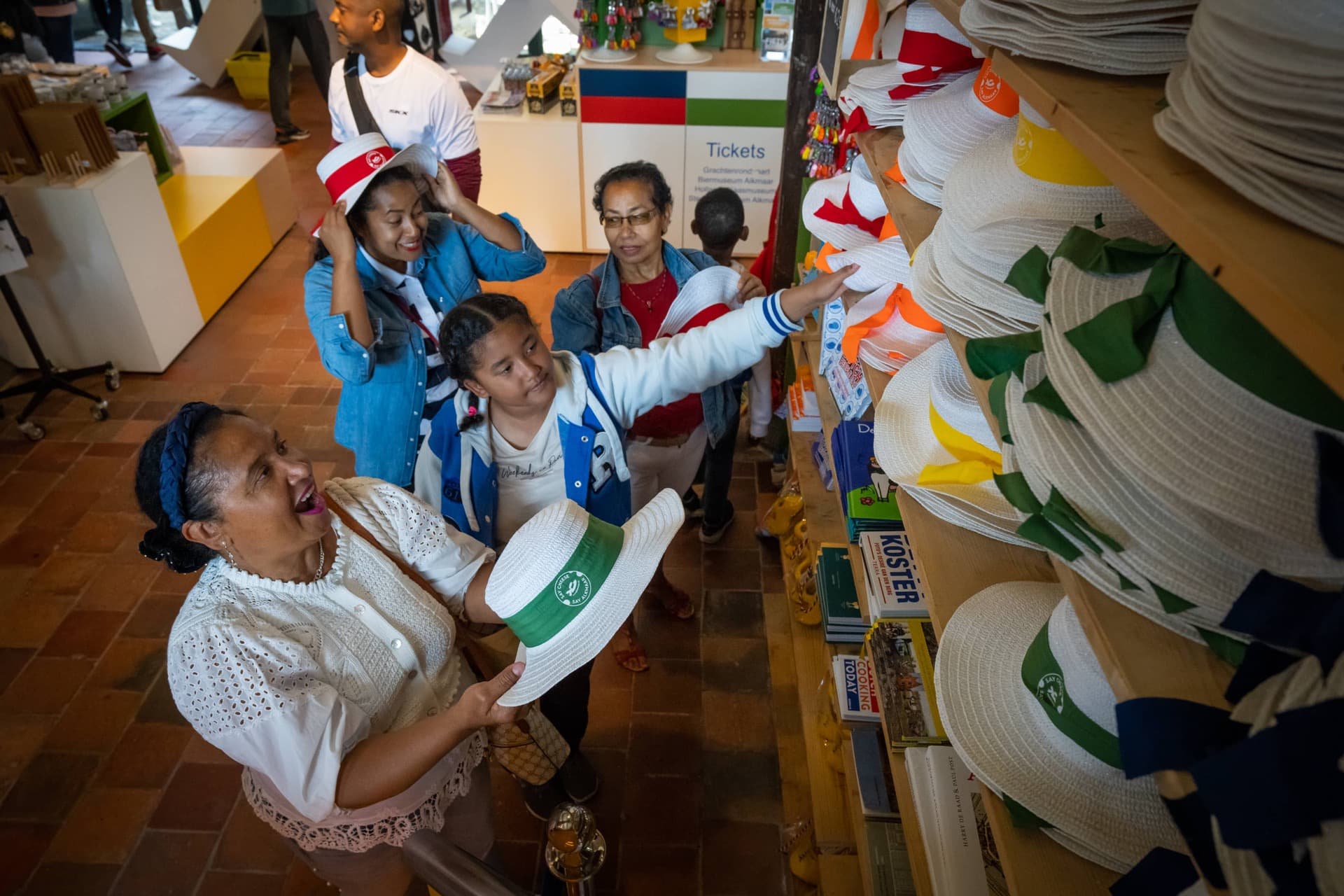
Alkmaar Store / VVV
The Alkmaar Store is situated in de Waag, in the middle of the city centre of Alkmaar. Here you find all the information you need for your stay in Alkmaar.
Visit the Alkmaar Store
When you visit Alkmaar, the Alkmaar Store is of course the starting point for your day out. The employees are happy to tell you what you absolutely should not miss when you visit the beautiful monumental cheese city.
Alkmaar Store / VVV Alkmaar is situated in the Waag, in the middle of the city centre of Alkmaar: Waagplein 2, 1811 JP Alkmaar
Phone number: 072 511 4284
E-mail: info@vvvalkmaar.nl
Openinghours:
Monday till Saturday: 9:30 – 17:00 hour
Sunday: 12:00 - 17:00 hour
Holidays: VVV Alkmaar is open during Eastern, Ascension and Pentecost. During Christmas, New years day and Kingsday the VVV Alkmaar is closed